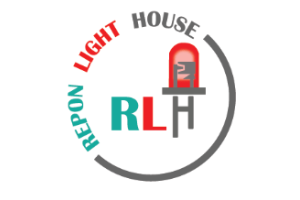Unified Privacy Dashboards across Multi-Brand UK Portfolios
In today’s digital age, where personal information is constantly being collected and shared across multiple platforms, ensuring the privacy and security of nongamstop-casinos.uk/ individuals’ data has become a top priority. This is particularly true for companies operating within the UK, where strict regulations such as the General Data Protection Regulation (GDPR) have been put in place to protect consumers’ personal information.
One of the challenges faced by companies with multi-brand portfolios is the need to manage privacy settings and data protection across different brands and platforms. This can be a complex and time-consuming process, as each brand may have different privacy policies, data collection practices, and user preferences. To address this issue, many companies are turning to unified privacy dashboards that centralize all privacy settings and controls in one convenient location.
A unified privacy dashboard allows users to easily manage their privacy preferences and settings across all brands within a company’s portfolio. This not only provides users with greater transparency and control over their personal information but also helps companies ensure compliance with privacy regulations and build trust with consumers.
Benefits of Unified Privacy Dashboards: – Centralized Control: Users can easily manage their privacy settings for all brands within a company’s portfolio from one central location. – Customization: Users can customize their privacy preferences based on their individual preferences and needs. – Transparency: By centralizing privacy settings, companies can provide users with greater visibility into how their personal information is being collected and used. – Compliance: Unified privacy dashboards help companies ensure compliance with privacy regulations such as GDPR, reducing the risk of fines and penalties. – Trust: By giving users greater control over their personal information, companies can build trust and loyalty with their customer base.
Implementing a unified privacy dashboard across multi-brand portfolios requires careful planning and coordination. Companies must first assess the privacy practices and policies of each brand within their portfolio to identify areas where standardization is needed. This may involve updating privacy policies, data collection practices, and user consent mechanisms to ensure consistency across all brands.
Next, companies must develop a unified privacy dashboard that incorporates all necessary privacy settings and controls for each brand. This may include options to opt-out of data collection, manage cookie preferences, and control marketing communications. The dashboard should be user-friendly and intuitive, providing clear instructions on how to adjust privacy settings and preferences.
Companies should also consider the technical infrastructure needed to support a unified privacy dashboard, such as data management systems, user authentication mechanisms, and data encryption protocols. It is important to ensure that the dashboard is secure and compliant with industry standards to protect users’ personal information.
In conclusion, unified privacy dashboards offer a practical solution for companies with multi-brand portfolios to effectively manage privacy settings and data protection across all brands. By centralizing privacy controls, companies can provide users with greater transparency, control, and trust in how their personal information is collected and used. As privacy regulations continue to evolve, implementing a unified privacy dashboard can help companies stay ahead of the curve and build strong relationships with their customers.
